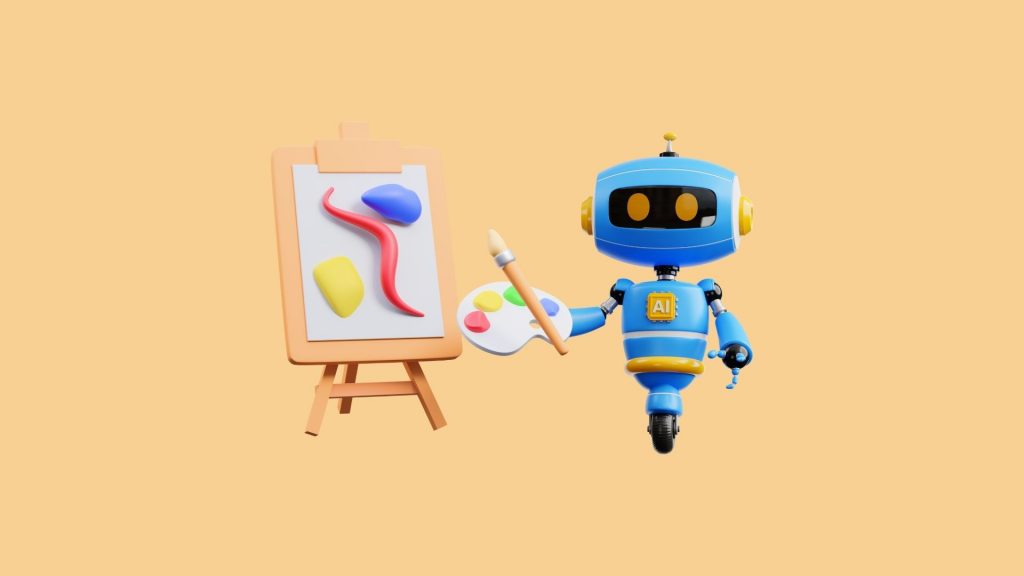Creativity vs AI: let the battle begin

Few time ago, world-renowned authors such as John Grisham, Jonathan Franzen, and George R.R. Martin filed a collective lawsuit against OpenAI, the company responsible for the well-known chatbot ChatGPT. The heart of the accusation is the concern expressed by the authors on the front page: ChatGPT models would jeopardize the ability of fiction writers to earn a livelihood.
The impact of generative artificial intelligence is already being felt in various industries, not just the literary one. Sectors such as visual art, music, photography, and content production in general are experiencing increased involvement of AI technologies in the creation and production of works. AI offers advantages in terms of efficiency and innovation, but at the same time raises crucial issues regarding the protection of rights and the economic sustainability of artists and industry operators.
Creators and companies are facing a dual threat: on one hand, their works are largely used without consent to train the linguistic models on which generative technology is based. On the other hand, there is a fear that AI-generated material, being cheap and readily available in unlimited quantities, could erode consumer demand for content created by humans.
Industry responses to these challenges are manifold:
Legal actions: several lawsuits, including Grisham’s, have been initiated to stop the unauthorized use of works and obtain compensation from generative artificial intelligence companies, some of which boast billion-dollar valuations.
Legislation: a bipartisan group of senators has introduced the NO FAKES Act, a bill supported by the actors’ association SAG-AFTRA, which aims to prohibit the production or distribution of “digital replicas” without consent.
Contracts: companies are inserting restrictions on AI use in contracts, negotiating collective agreements, and introducing clauses to protect authors’ rights.
Technology: technical measures, such as using text files to block bots that train AI models, are being adopted by some companies to protect their content.
Competition: some companies are seeking to maintain their market position by offering competitive AI-based generative tools.
In this context of rapid changes, the key question is: what does the public think? How will content consumers react to AI-generated works? Will they be able to distinguish and appreciate the difference between human work and that created by AI? These are crucial issues that will shape the future of creative industries. Public participation and perspective become central elements in defining the direction of such transformations in the artistic and cultural realm.
The impact of generative AI is only in its infancy, and traditional companies must act promptly to defend their position in the market and adapt their competitive stance.
Inertia is risky, and even if the storm of generative AI may subside, it will surely leave behind a different landscape.

